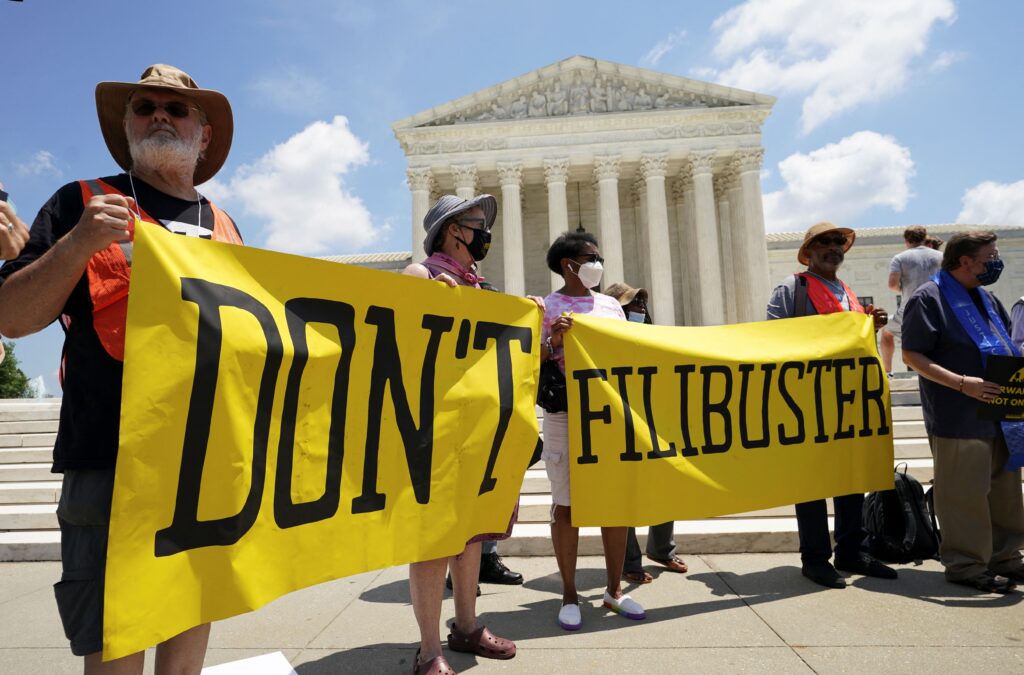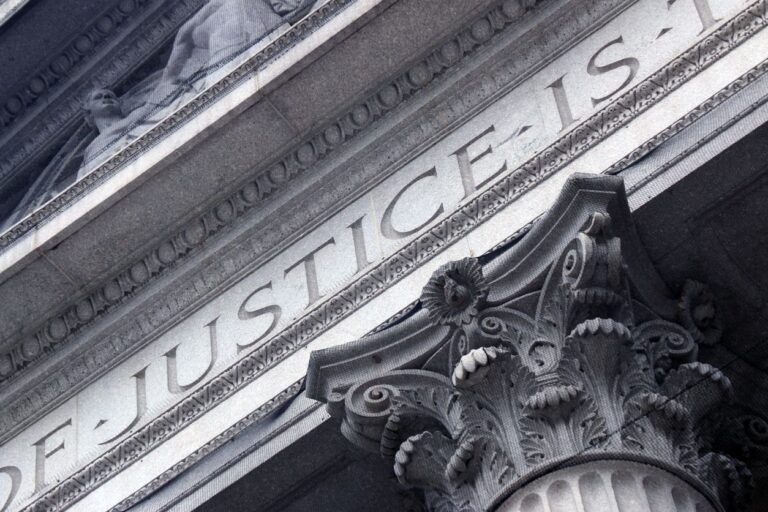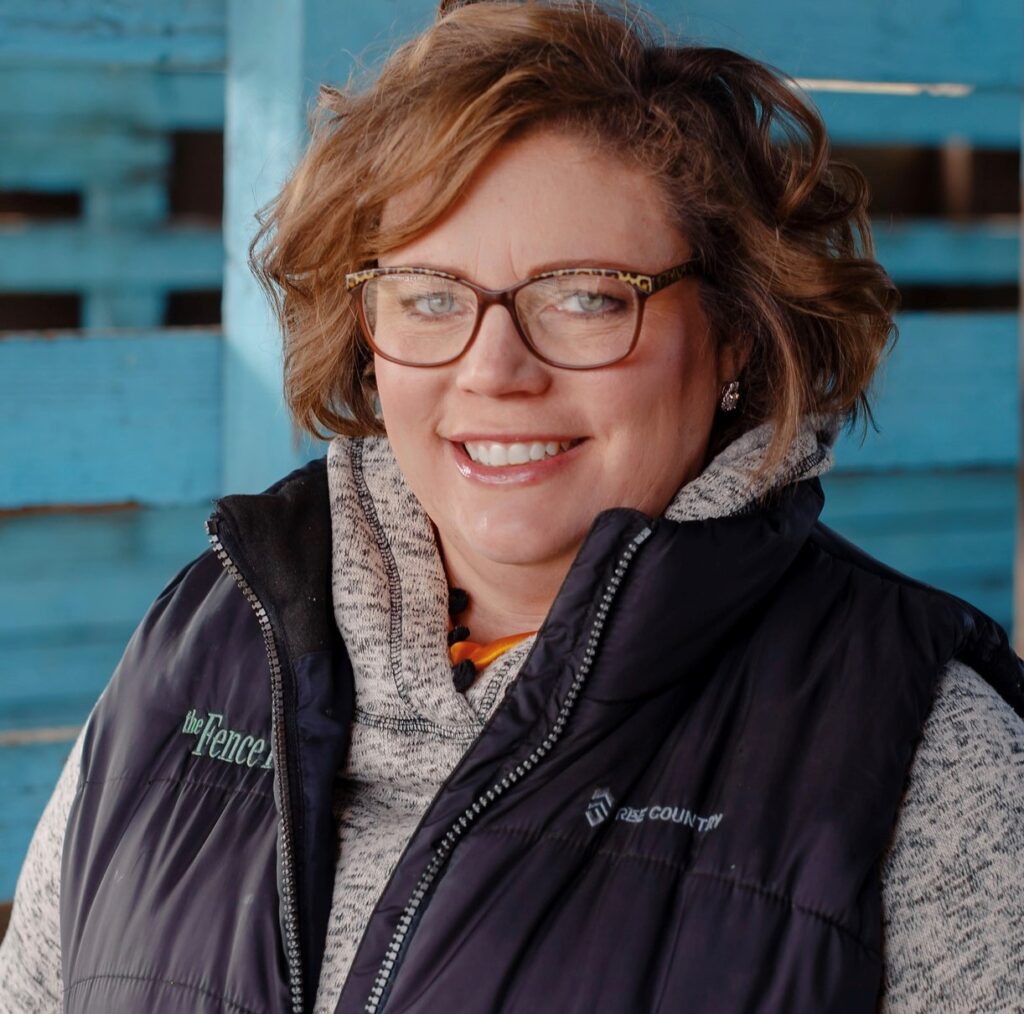Voters could decide to create Old Colorado City Downtown Development Authority
Old Colorado City residents, property owners and businesses may get to vote this fall to create a new special district proponents say would help revitalize and enliven the historic neighborhood on the far western edge of Colorado Springs.
Neighborhood stakeholders want to celebrate Old Colorado City and its historic main street; make it a destination for locals, out-of-town visitors, and local and eclectic businesses; make it more walkable, safe and people-focused; and bring together various stakeholder groups through a collective vision, said Jamie Giellis, president of Denver-based consultant firm Centro Inc. The firm came aboard last year to assist local efforts to invest in and revitalize Old Colorado City.
Colorado Springs City Council will not refer building heights question to voters this November
Public and private investment made possible by the proposed Old Colorado City Downtown Development Authority will help transform the area, she said.
The City Council at a work session Monday informally agreed to place on its July 9 and July 23 regular meetings agenda items that would, if the council voted in favor, submit a question to the Nov. 5 ballot to create the Old Colorado City DDA and establish a special tax rate within district boundaries to fund it.
Giellis and Sara Vaas, president of the OCC Partnership, said Monday the proposed special district is the best way to implement the improvements residents and business owners have said, through public surveys and focus groups, they want to see.
If Old Colorado City voters created the special district, Colorado Springs would become the first municipality in the state to have two board-governed development authorities in its boundaries, Giellis said. Its Downtown Development Authority, approved by voters in 2006, encompasses just over 1 square mile of downtown.
A DDA uses its tax revenue for downtown development and redevelopment.
Like the Downtown Development Authority, the proposed Old Colorado City Downtown Development Authority would be funded first through a capped, annual 5-mill tax levy to support operations. The mill levy taxes all commercial and residential property owners in the district’s boundaries.
It would also be funded through a mechanism called tax increment financing. This is when the district collects sales and property tax revenue from new and redeveloped properties to help pay for development and redevelopment projects; the DDA often partners with the private sector in these cases.
The Old Colorado City DDA is proposed to be bounded at the Colorado Springs and Manitou Springs line to the west; to the north by the alley between West Pikes Peak Avenue and Colorado Boulevard; to the east by Interstate 25; and to the south by the alley between West Cucharras Street and Colorado Boulevard. It would also include the southern nodes at I-25 and 21st Street, according to Giellis’ presentation.
The district would be made up of about 425 businesses, 350 commercial properties, and 250 residential properties representing about 700 residents, she said.
Forum on attainable housing panelists discuss current state of rental market and its future
Councilwoman Nancy Henjum wondered why a business improvement district is not a better option for Old Colorado City.
A downtown development authority is not necessarily the easiest pathway to revitalize the area but makes the most sense, Giellis told the City Council. Business Improvement and general improvement districts don’t cap the assessed tax rate within their boundaries; but business improvement districts are not the correct tools for targeted re-development and general improvement district funds can’t be used for economic development, redevelopment or other events, she said.
They also don’t allow access to the tax increment financing that will allow the district to leverage funding from various sources, she added.
Under the DDA, the average Old Colorado City residential owner within the district would pay about $136 a year in assessed special taxes. The average commercial owner would pay around $686 a year, according to financial projections.
The tax increment financing revenue was not presented Monday.
King Soopers targets summer opening for new Fountain store, south of Colorado Springs
The proposed district tax rate would generate about $280,505 a year, according to the presentation. It would generate low revenue in its early years, until additional economic activity generates larger tax increment financing revenues.
A DDA would also allow the district to recapture tax revenues it is already generating and use them to improve the district, rather than go into the city or county general funds, she said.
If approved, the Old Colorado City DDA would replace and take over the two special improvement maintenance districts located within proposed DDA boundaries. Residents would no longer pay the SIMD’s assessed tax rate of about 13 mills if the DDA took over, Giellis said.











